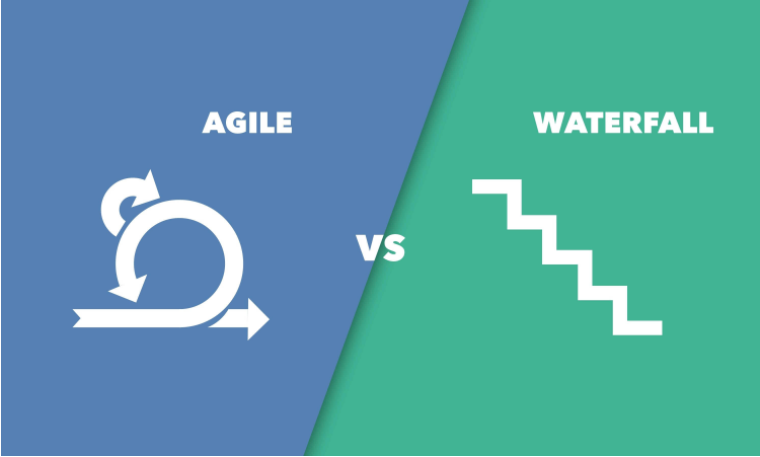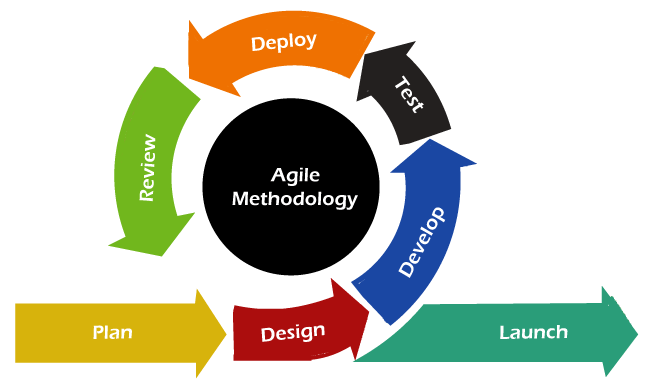What is Agile Methodology? How it is better than the traditional Waterfall model: A beginner's guide
 Archana Sk
Archana Sk
SDLC: Choosing the right approach to Software Development
Software Development Lifecycle (SDLC) is defined as the methodology involving various practices and processes to help software development companies to deliver a successful product to the industry. Originally, many SDLC methods were adopted to develop software, however, almost all the methods except Agile are now not in use and it is only mentioned to describe the advantages of using the Agile Methodology over traditional SDLC models that are mentioned below.
- The Waterfall model
- The Prototyping model
- The Iterative model
- Spiral model
- V-shape model
Waterfall Model: the first SDLC Methodology
Before Agile gained popularity, the Waterfall model was the most commonly used SDLC method for about 20 years, from the 1970s to the 1990s. The major steps involved here
- Requirement Gathering
- Design
- Implementation
- Verification
- Maintenance
The Waterfall model has sequential steps with no overlapping and is linear. At any time in the software development process, any phase can begin only when the previous phase is complete.
The Waterfall model involves lots of planning in the initial phase, while the actual implementation or the development of the project starts in the later period. This means that the Waterfall model takes a long time, even months or years to complete. The code cannot be developed and tested simultaneously and so if any errors occur, the time, effort, and cost involved to fix the defects are huge.
Also, due to the lack of feedback from the end-users and stakeholders during the development phase, if any module is underdeveloped or not meeting the customer's expectations, the product will become an absolute failure. In order to avoid the technical difficulties involved during the software development process, better alternatives were approached to deliver the software in the most efficient way.
Why Agile Software Development
Agile focuses on delivering a working piece of software at the end of each iteration. Agile works as continuous development and increment model. The main aim of Agile is to work collaboratively as a cross-functional team enabling the planning, developing, and testing of the software concurrently. The process repeats itself giving room for continuous improvement helping the software development team to quickly adapt to the changes being made.
Unlike the Waterfall model, the process to develop software is further divided into tasks and sub-tasks. For the given Iteration, a few tasks from the main process are chosen. The duration of each iteration lasts 2 weeks to develop the initial shippable product and it is delivered to the customer for further approval and enhancements, being open and responding to change.

Agile Manifesto
The core values of Agile are
- Individuals and Interactions over processes and tools
- Working software over comprehensive documentation
- Customer Collaboration over contract negotiation
- Responding to change over following a plan
Agile Framework
Agile Methodology is put into practice by following these frameworks mentioned below as a single framework or combining multiple frameworks according to their project needs.
- Scrum
- Kanban
- Extreme Programming
- Lean
Scrum and Kanban are most widely used by organizations for continual and efficient delivery of the product.
Advantages of Agile
- Enables the continuous development, improvement, and iterative approach to delivering shippable software.
- Responding and being open to changing business requirements.
- Draws people involved together (customers, stakeholders, and development team) to communicate the visibility of the project.
- Increased productivity, scalability, efficiency, and adaptability.
Subscribe to my newsletter
Read articles from Archana Sk directly inside your inbox. Subscribe to the newsletter, and don't miss out.
Written by
